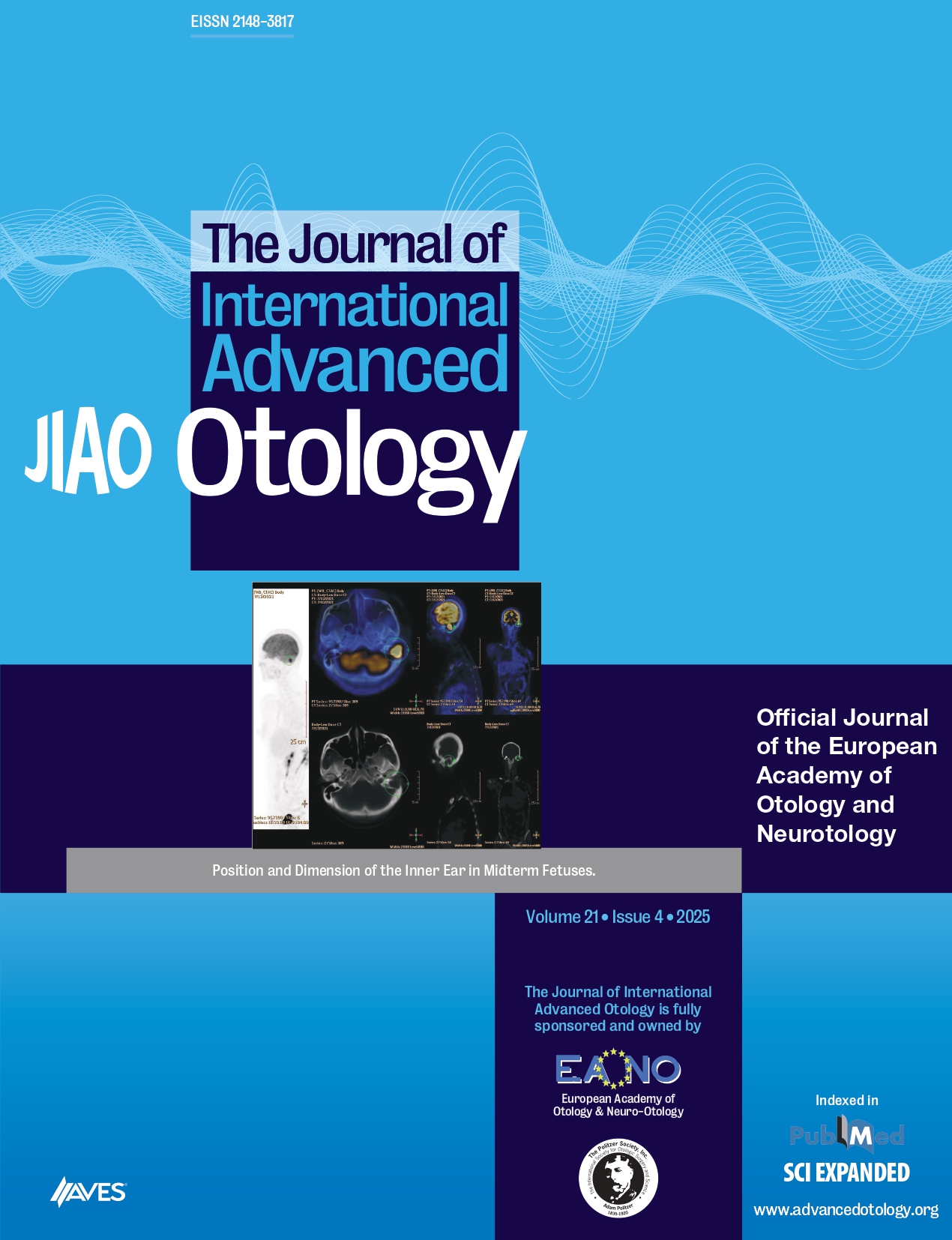OBJECTIVES: A cochleovestibular nerve deficiency (CVND) could compromise stimulation of nerve by electrical pulses delivered from a cochlear implant, thereby hindering activity along auditory pathway. The evaluation of children with congenital hearing loss with a high-resolution magnetic resonance imaging is presently the investigative modality of choice to diagnose CVND. The aim of this study was to determine the outcomes in pediatric cochlear implant recipients with a diagnosis of CVND. The objectives included (1) to study the prevalence of CVND among children with prelingual congenital severe to profound hearing loss; (2) to assess post cochlear implantation (CI) outcomes in children with CVND using categories of auditory performance (CAP), speech intelligibility rating (SIR), and cortical auditory evoked potentials (CAEPs); and (3) to propose a management protocol for these children.
MATERIALS and METHODS: All CI procedures performed during the study period in children 5 years or younger were included in study. All patients who were older than 5 years or had syndromic associations, multiple disabilities, second side or revision CI were excluded from the study. Children with unilateral cochleovestibular nerve aplasia and all other cases of CVND (type IIa and IIb) were advised to undergo CI on side with more radiologically robust nerve and/or cochlea anatomy. Children with bilateral CVND were included in group A, and age-matched cochlear implant candidates with normal cochleovestibular nerve anatomy were included in group B for statistical comparison of outcomes.
RESULTS: In group A, post CI CAP and SIR, CAEP amplitude and latency at 12 months showed statistically significant difference (p<0.05) compared with preoperative values. However, mean score of CAEP latency and amplitude and SIR score was worse for group A compared with group B at 12 months, which was statistically significant (p<0.05).
CONCLUSION: This study supports the fact that CI is a viable option to be offered in children with CVND (type IIa and IIb) for the development of auditory perception and speech.
Cite this article as: Vadivu Arumugam S, Nair G, Krishnan Paramasivan V, Goyal S, Murali S, Kameswaran M. A Study of Outcome of Pediatric Cochlear Implantation in Patients with Cochleovestibular Nerve Deficiency. J Int Adv Otol 2020; 16(2): 147-52.



.png)
.png)